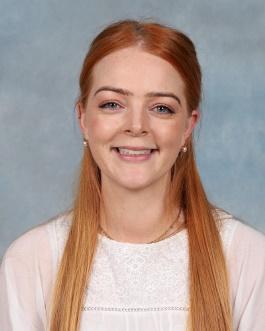Assistant Principal - Teaching and Learning
Ms Ashley Kuusela

Assistant Principal - Teaching and Learning
Ms Ashley Kuusela
We are so PROUD of our Foundation students this year. They have continued to work hard in class and are becoming confident and independent learners. They have worked tirelessly to recognise and hear, say and correctly pronounce, as well as record the sounds that the letters of the alphabet represent. They are well on their way to becoming robust talkers, readers and writers!
Our teaching pedagogy at Karoo PS aligns with the Science of Reading. The Science of Reading refers to a vast body of research on learning to read with contributions from various disciplines, including cognitive science, linguistics, psychology, education, psychology, neurology, and more.
This research supports the systematic and explicit teaching of 6 essential elements (The Big 6), which include:
It this article, we share with you a little more on Phonemic Awareness and Phonics, the difference between the two, and one strategy we are using in Foundation to support our students.
Phonemic Awareness is the knowledge that spoken words are made up of individual sounds, called phonemes. It is oral and auditory (spoken and heard). The focus is on the sounds in words. Unlike phonics, phonemic awareness does not involve ‘seeing’ print or letter names. Phonemic awareness instruction provides children with the understanding that words spoken are not whole units but are co-articulated sounds, that when put together, make a make word. Students who attain this understanding can then begin to isolate, blend, segment and manipulate those sounds. Phonemic awareness is a fundamental and prerequisite skill to becoming a proficient, fluent reader.
Phonics instruction is both visual and auditory (seen and heard). The focus of phonics instruction is letter-sound relationships. During explicit phonics instruction students are taught the letter or letter combinations that represent the 44 sounds or phonemes in the English language. As students match letters or letter combinations to the sounds they hear in words, they apply the phonemic awareness skills of blending, segmenting, and manipulating phonemes with the print that represents each sound. In this way, phonemic awareness is connected to phonics.
When students know the sounds the letters they see in print make, they are able to blend or manipulate those sounds to read words. When spelling, students hear the whole word, segment the word into sounds, and match the letter or letter combinations to the sound it makes. They are literally cracking the code!
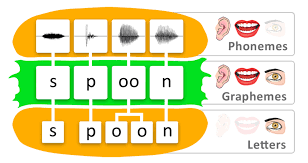

In the classroom, we support both student’s phonemic and phonological awareness through a variety of activities.
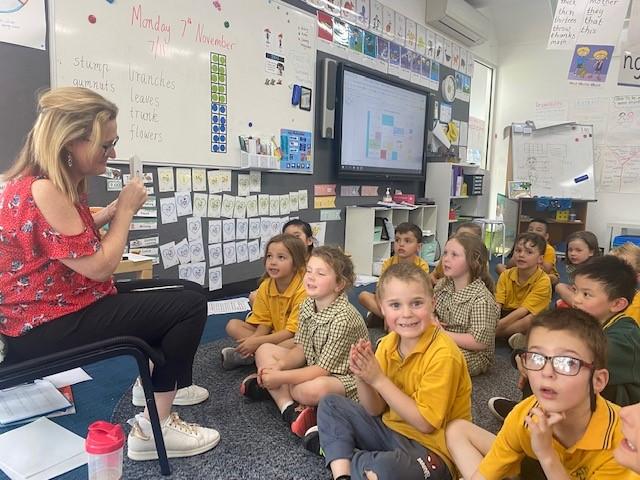

Chitter Chatter Chants and Speed Sounds in the classroom
A Chitter Chatter Chant uses the Little Learners Love Literacy Speed Sound and Chant cards to provide mnemonic support for learning phoneme-grapheme relationships. Characters from Milo's Birthday Surprise are used as fun mnemonics that make the learning fun and meaningful for students. Chitter Chatter Chants are then followed by Speed Sounds, as we want children to look at the letter and say the sound automatically. Our Foundation students practice their Chitter Cants and Speed Sounds EVERY DAY and are becoming extremely impressive at it.
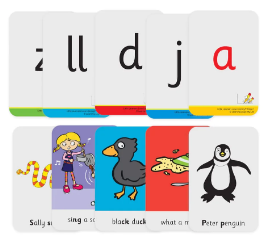



When asked what they love the most and what they have getting better at, Foundation students are very chatty. Here is what some of them had to say.
How do you feel about your Chitter Chatters and Speed Sounds?
Noor - “Proud”
Sophie - “I feel good when I work and focus”
Ariz - “I like doing them because they are fun”
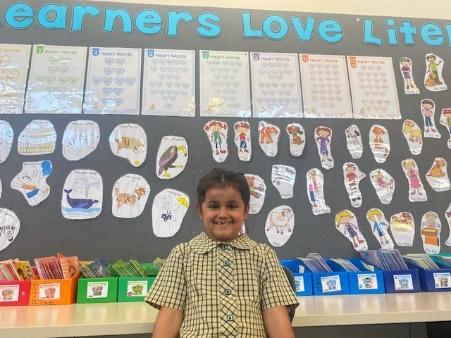

What are you most proud of with your Chitter Chatters and Speed Sounds?
Noor - “That I am up to a new level”
Sophie - “That they help us learn and that they help us write as well”
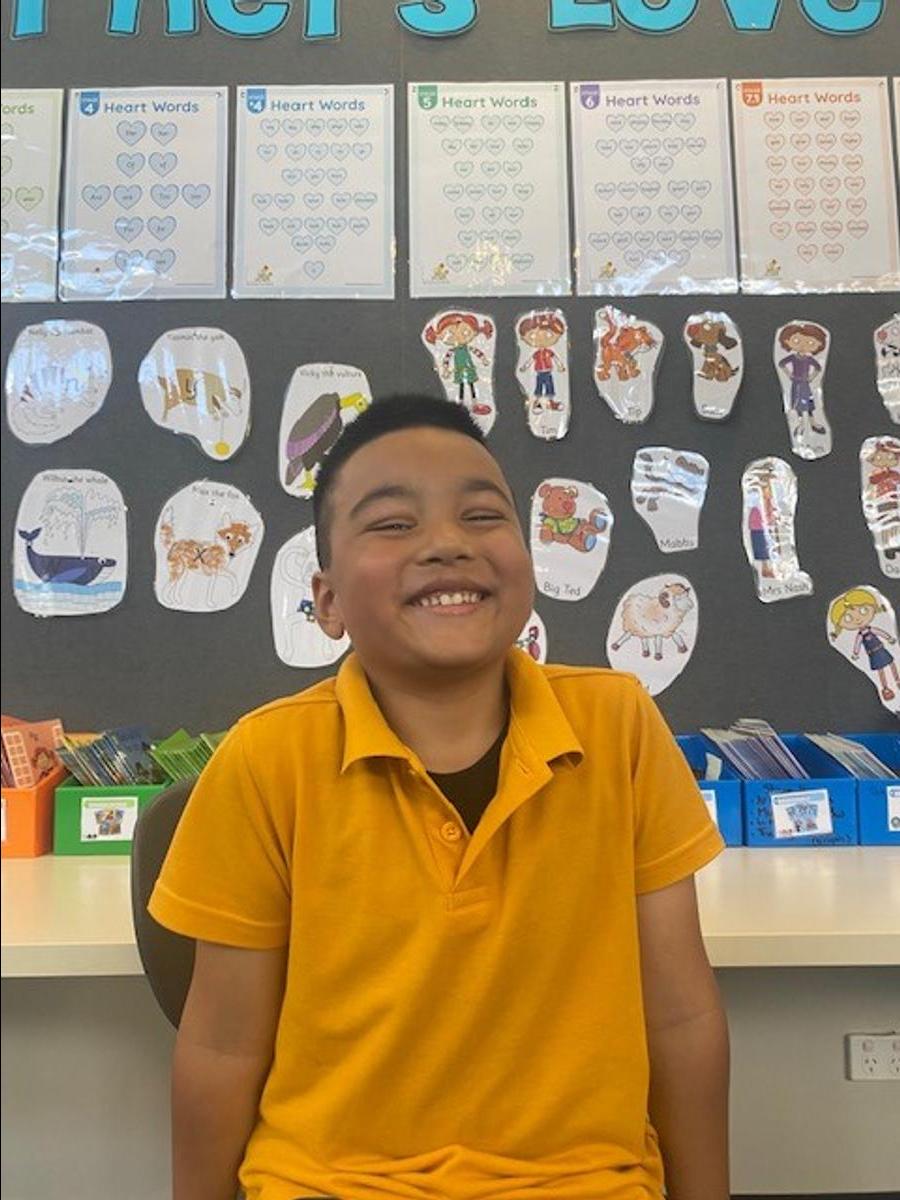

What is an interesting thing you can tell me about Chitter Chatter and Speed Sounds?
Noor (FE) = “Two letters, one sound is a digraph”
Ariz – “A trigraph is three letters, one sound"
What are you learning this week?
Sophie- “We are learning the sound /kw/. The character is ‘Queeny the Quail’ but my favourite character is Sally Snake because /S/ is at the start of my name"
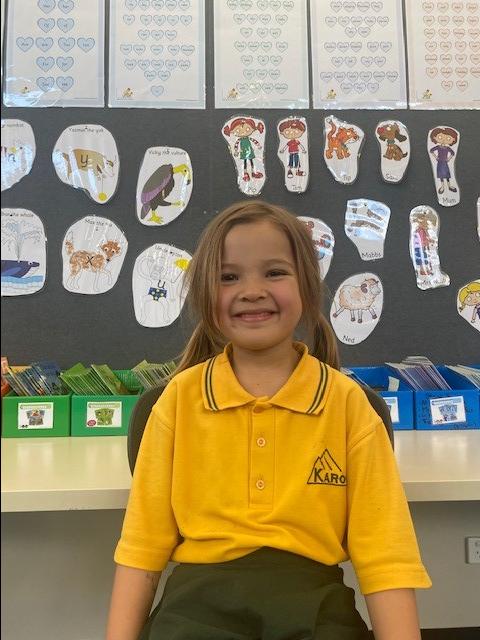

What fun it is to learn!
See you about the school,
Ms Ashley Kuusela
